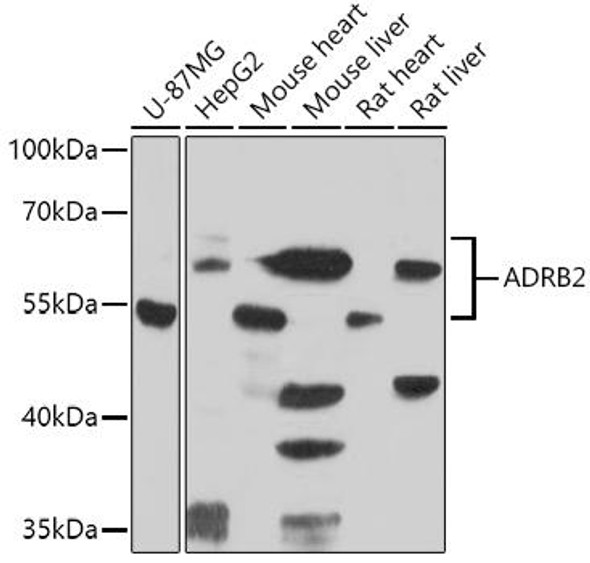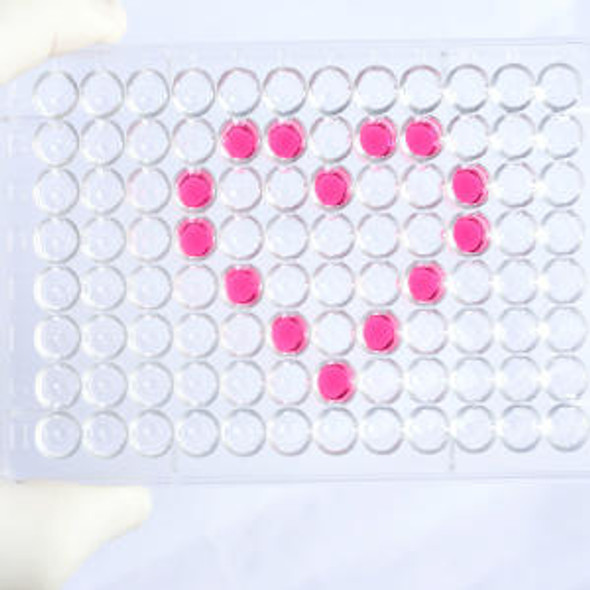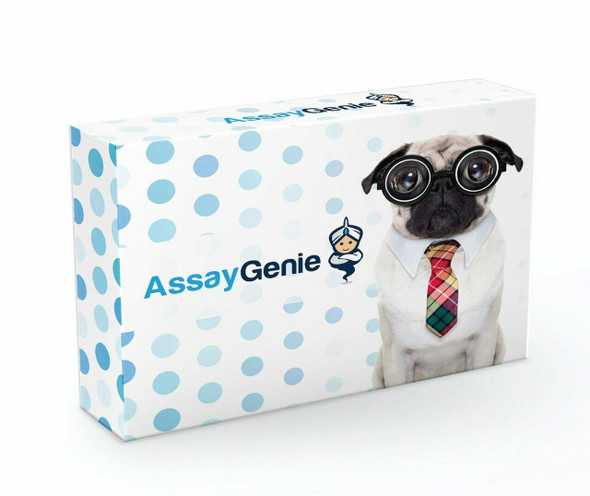| UniProt Protein Function: | ADRB2: Beta-adrenergic receptors mediate the catecholamine- induced activation of adenylate cyclase through the action of G proteins. The beta-2-adrenergic receptor binds epinephrine with an approximately 30-fold greater affinity than it does norepinephrine. Belongs to the G-protein coupled receptor 1 family. Adrenergic receptor subfamily. ADRB2 sub-subfamily.Protein type: GPCR, family 1; Membrane protein, integral; Receptor, GPCR; Membrane protein, multi-passCellular Component: intracellular membrane-bound organelle; integral to plasma membrane; dendrite; integral to membrane; dendritic spine; caveola; membrane; axon; apical plasma membrane; cytoplasm; plasma membrane; nucleus; endosome; sarcolemma; receptor complexMolecular Function: protein homodimerization activity; G-protein alpha-subunit binding; norepinephrine binding; drug binding; epinephrine binding; PDZ domain binding; ionotropic glutamate receptor binding; protein binding; potassium channel regulator activity; enzyme binding; protein complex binding; dopamine binding; beta2-adrenergic receptor activity; B2 bradykinin receptor binding; adenylate cyclase bindingBiological Process: diet induced thermogenesis; wound healing; positive regulation of apoptosis; regulation of vasodilation; positive regulation of potassium ion transport; regulation of systemic arterial blood pressure by norepinephrine-epinephrine; female pregnancy; positive regulation of vasodilation; G-protein signaling, adenylate cyclase activating pathway; positive regulation of MAPKKK cascade; diaphragm contraction; negative regulation of smooth muscle contraction; positive regulation of cell proliferation; negative regulation of ossification; associative learning; aging; bone resorption; arrestin mediated desensitization of G-protein coupled receptor protein signaling pathway; regulation of smooth muscle contraction; synaptic transmission, glutamatergic; receptor-mediated endocytosis; negative regulation of multicellular organism growth; adenylate cyclase activation; regulation of calcium ion transport; response to testosterone stimulus; regulation of sodium ion transport; liver development; positive regulation of bone mineralization; G-protein coupled receptor protein signaling pathway; negative regulation of angiogenesis; positive regulation of the force of heart contraction by epinephrine; positive regulation of ATPase activity; response to estrogen stimulus; positive regulation of protein ubiquitination; negative regulation of inflammatory response; heat generation; brown fat cell differentiation; response to hypoxia; positive regulation of transcription from RNA polymerase II promoter; response to cold; regulation of sensory perception of pain; response to progesterone stimulus; positive regulation of skeletal muscle growth; regulation of excitatory postsynaptic membrane potential; positive regulation of heart contraction; norepinephrine-epinephrine vasodilation involved in regulation of systemic arterial blood pressure |
| UniProt Protein Details: | |
| NCBI Summary: | binds adrenergic receptor agonist zinterol; plays a role in G-protein coupled receptor regulation of calcium channel current [RGD, Feb 2006] |
| UniProt Code: | P10608 |
| NCBI GenInfo Identifier: | 114768 |
| NCBI Gene ID: | 24176 |
| NCBI Accession: | P10608.1 |
| UniProt Secondary Accession: | P10608,Q6LCR3 |
| UniProt Related Accession: | P10608 |
| Molecular Weight: | 27kD |
| NCBI Full Name: | Beta-2 adrenergic receptor |
| NCBI Synonym Full Names: | adrenoceptor beta 2, surface |
| NCBI Official Symbol: | Adrb2 |
| NCBI Official Synonym Symbols: | |
| NCBI Protein Information: | beta-2 adrenergic receptor; beta-2 adrenoceptor; beta-2 adrenoreceptor; adrenergic receptor, beta 2; Adrenergic beta 2- receptor surface; adrenergic, beta-2-, receptor, surface |
| UniProt Protein Name: | Beta-2 adrenergic receptor |
| UniProt Synonym Protein Names: | Beta-2 adrenoreceptor |
| Protein Family: | Beta-2 adrenergic receptor |
| UniProt Gene Name: | Adrb2 |
| UniProt Entry Name: | ADRB2_RAT |






